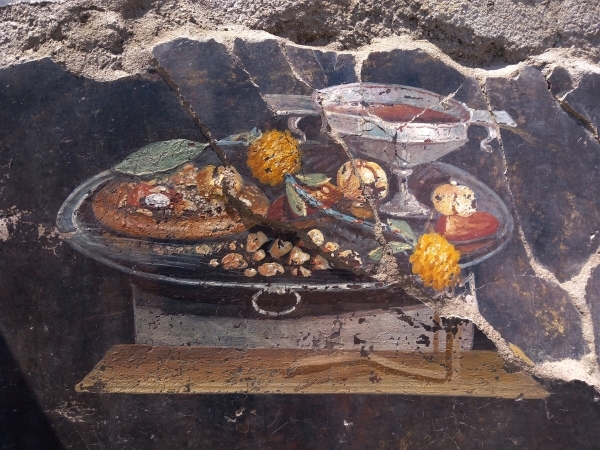
pizza origin
We could fill volumes of pages dealing with the origins of Pizza ovens, wood fired ovens or in Italian FORNO A LEGNA. Here we will give you a condensed version.
Many people believe that the wood fired oven was created in Italy. However, archeologists have unearthed some dome shaped ovens in Egypt that date back thousands of years. It is said that it would not take much to restore these ovens and fire them up today. Ovens have been found in many parts of the world including and not limited to France, Bulgaria, Spain, Turkey and even Asia . The ovens were believed to be used in a social network located in central areas. People would gather and bake bread and later on Pizza. In many parts of Europe, these wood fired ovens, were owned or controlled by the upper class and the Church.
It was the Italians that brought this unique way of cooking to its ultimate heights. Over centuries these families of fine artisans perfected the baking of many foods. Originally the ovens were used to bake bread and pizza. Some of these ovens could reach temperatures of a thousand degrees. But the Italians soon learned that they could reduce these temperatures and cook all kinds of foods including roasts, pastries and even cakes. In Italy, the ovens were owned by individual families. Although smaller in size this led to many more people being able to utilize this unique and flavorful way of cooking.
Today, we have home pizza ovens small enough to bake one pizza at a time and large commercial wood fired ovens that can bake more than 200 pizzas in an hour. Using the same Italian technique, many of these ovens are made in the USA. Forno Bravo manufactures these ovens in California and ships them all over the country through their dealer network.
Please visit us at www.homepizzeriaovens.com for more information on the very best pizza ovens in the world delivered to your door.
 |
Back in 1888 and 1891, a team of excavators began to clear ash and debris from a building in the ruins of ancient Pompeii, the Italian town buried, and then preserved, by the eruption of Mount Vesuvius in 79 CE.
In January, 2023, another team went back to that same spot and continued the original team’s work. In the large atrium next to a building housing a brick oven (a bakery), they uncovered a beautiful fresco clearly showing what looks to be a precursor to pizza. Experts think it represents the gifts given to guests in traditional hospitality rituals of the time. Just imagine! This topped flatbread was enjoyed over 1700 years before pizza was officially invented in Naples (just 17 miles away!)

Wide view of the atrium wall where the fresco was discovered. – Photo from Archaeological Park of Pompeii
Text
According to the archaeologists of the Archaeological Park of Pompeii, the image depicts a cup of wine placed on a silver tray. Next to it is what looks like a “flat focaccia that functions as a support for various fruits.” They can be identified as pomegranate, and maybe a date, spices, and perhaps with a type of pesto, and possibly condiments, indicated by yellow and ochre dots. Additionally, “on the same tray, dried fruits and a garland of yellow strawberry trees are present next to the dates and pomegranate.”

Close Up of the Newly Discovered Fresco – Photo from Archaeological Park of Pompeii
Why is it Not Considered Pizza?
Tomatoes and mozzarella are considered key toppings for pizza, according to the VPN (Vera Pizza Napoletana) guidelines and the UNESCO World Heritage Designation for pizza (awarded in 2017.) The absence of tomatoes can be explained because tomatoes didn’t come to Italy from South America in the 1500’s and were not common fair until the 19th century. Cheese had been around since the 1st century, but buffalo milk cheese is known to have existed in Campania in the 12th century, but the term mozzarella only appeared in the 16th century. This cheese became popular in the late 18th century.
Text
Wide view of the atrium wall where the fresco was discovered. – Photo from Archaeological Park of Pompeii

Previously, several domed brick ovens were discovered in Pompeii (over 33 in various conditions and stages of repair). The Pompeii ovens were often used inside shops, which also served as retail stores. The pizza ovens were well-shaped, well-insulated, well-vented, and beautifully built. The floor was made from tempered terracotta tiles. about 2″ thick, and the dome was a round, spherical shape. The neighborhoods where the ovens were located were also home to food shops, which had insulated terracotta trays for serving both hot food and cold drinks. They often had a window where bread could be passed through to the street or the courtyard. (Note: The lack of a window by the oven that found near the fresco, and the oven’s size, leads experts to believe it was a commercial bakery, not a retail or home one.)

Ancient Pompeii Brick Oven

Interior of an Ancient Pompeii Brick Oven